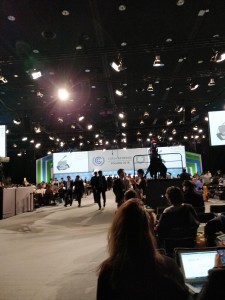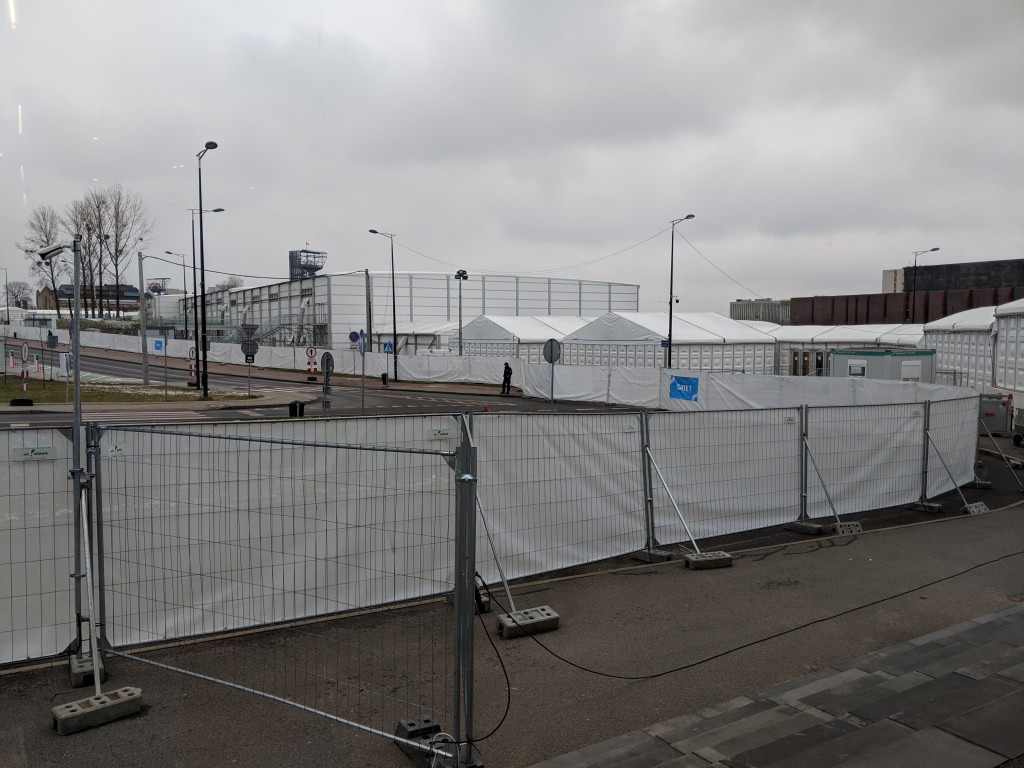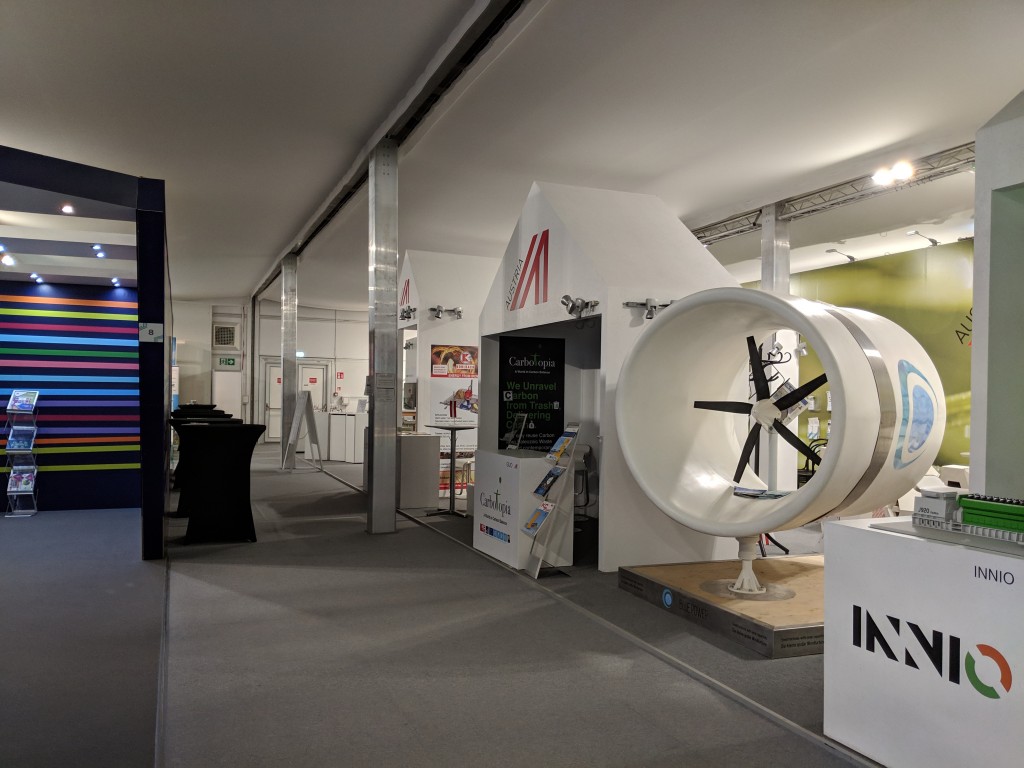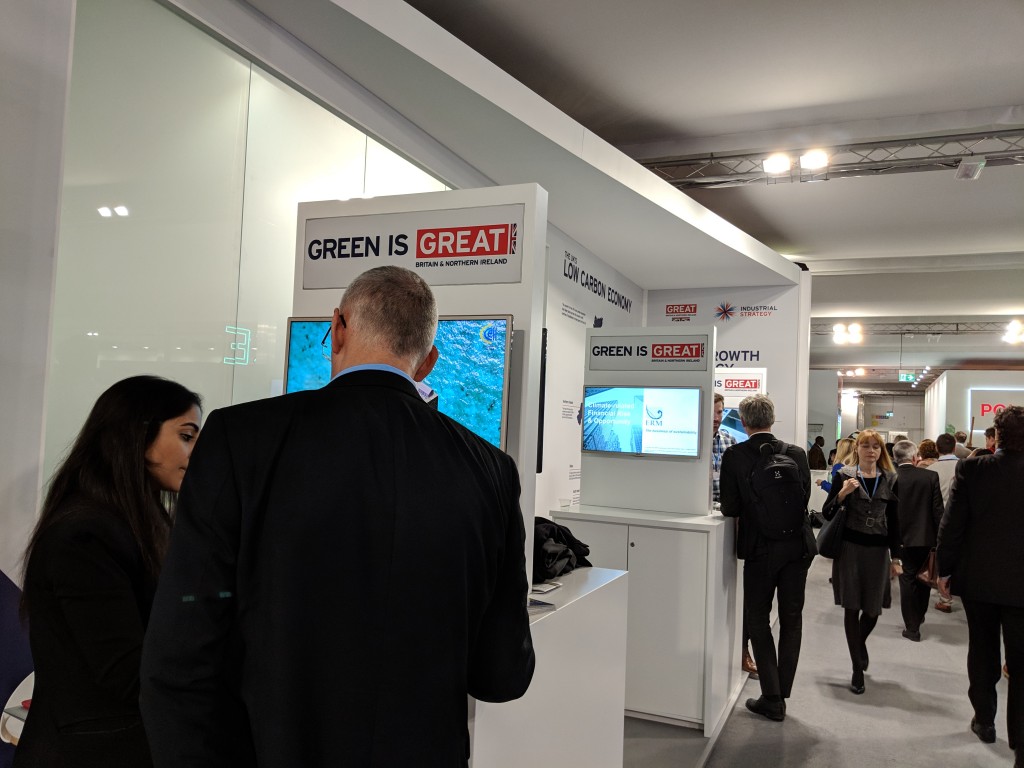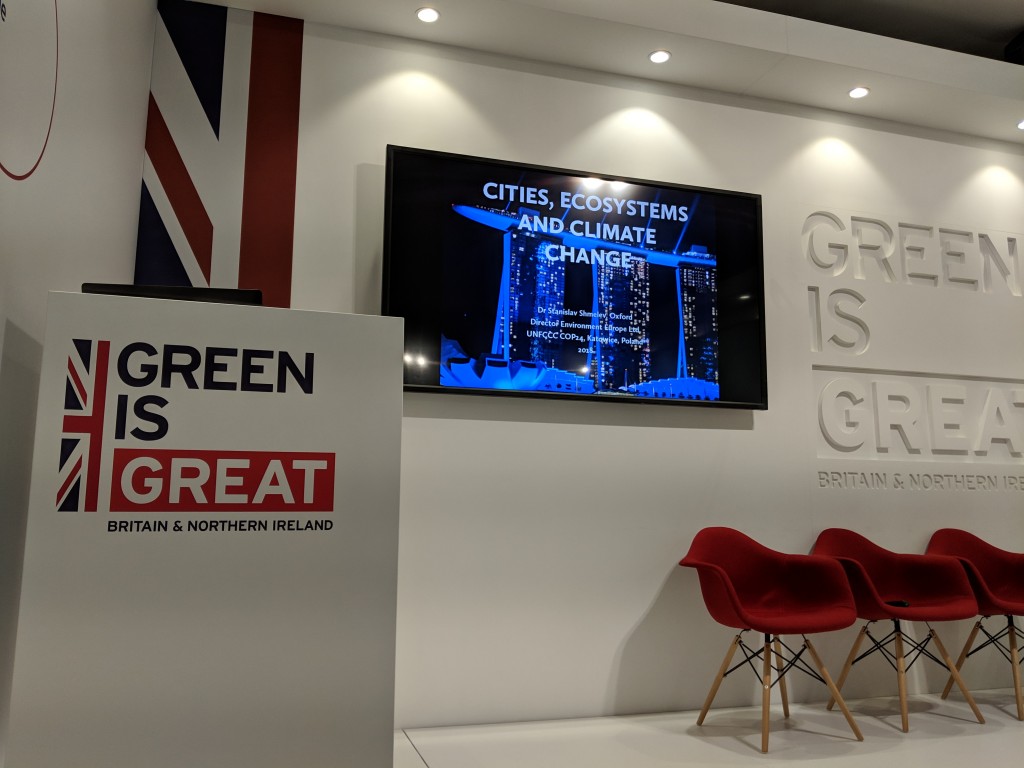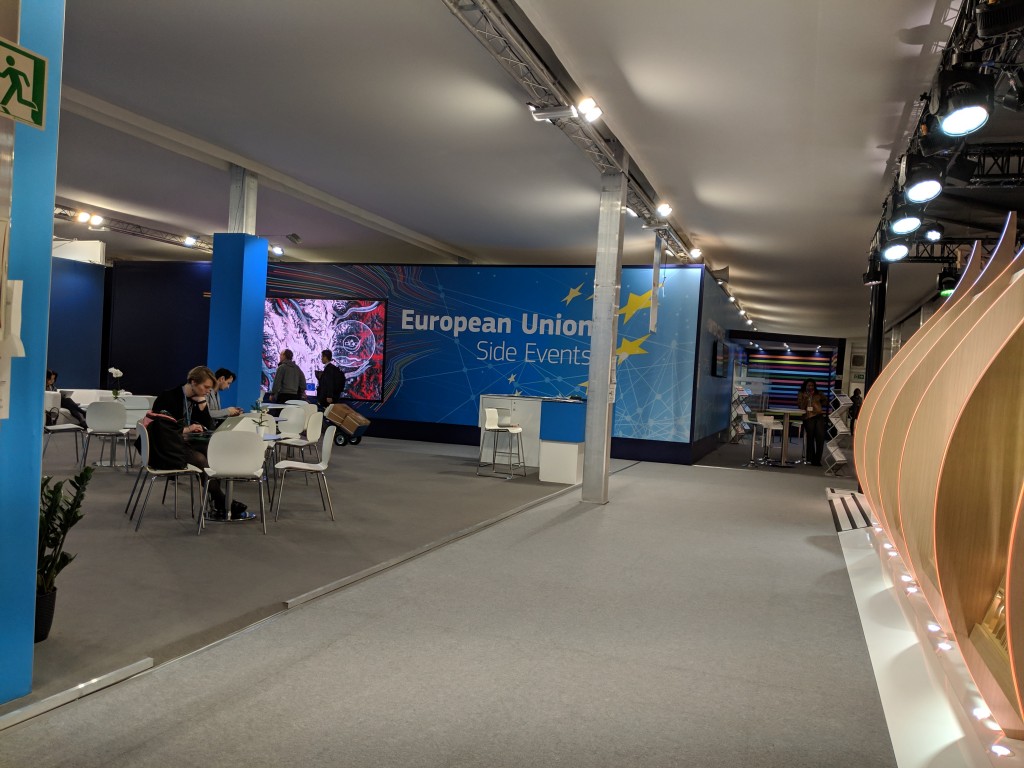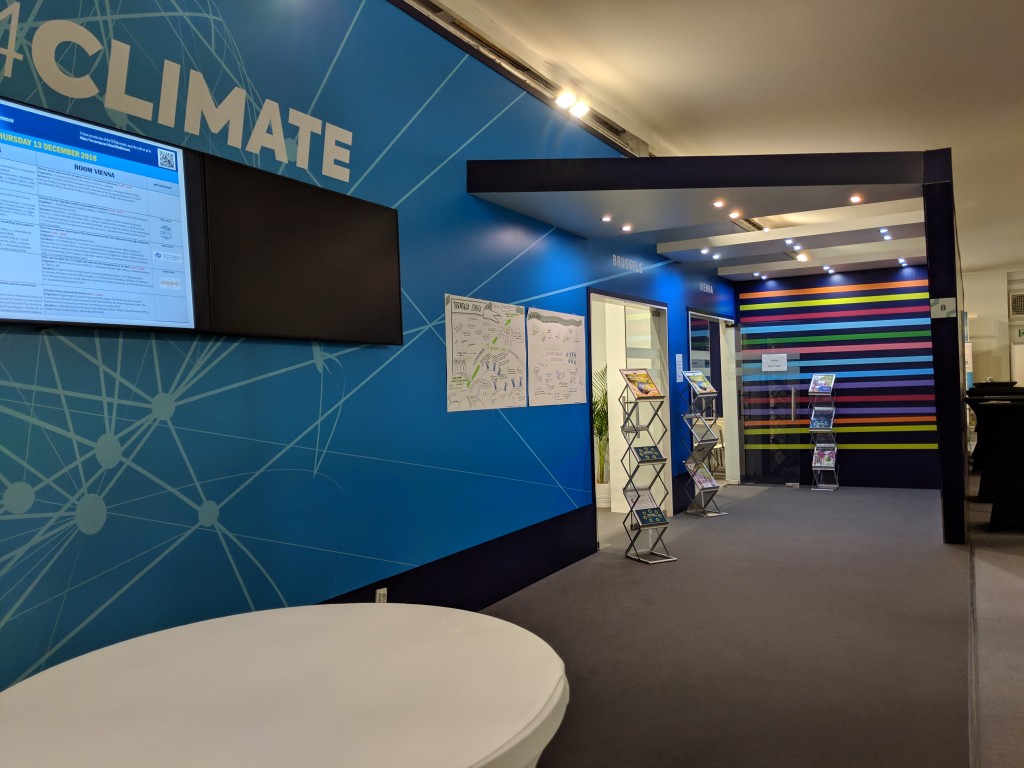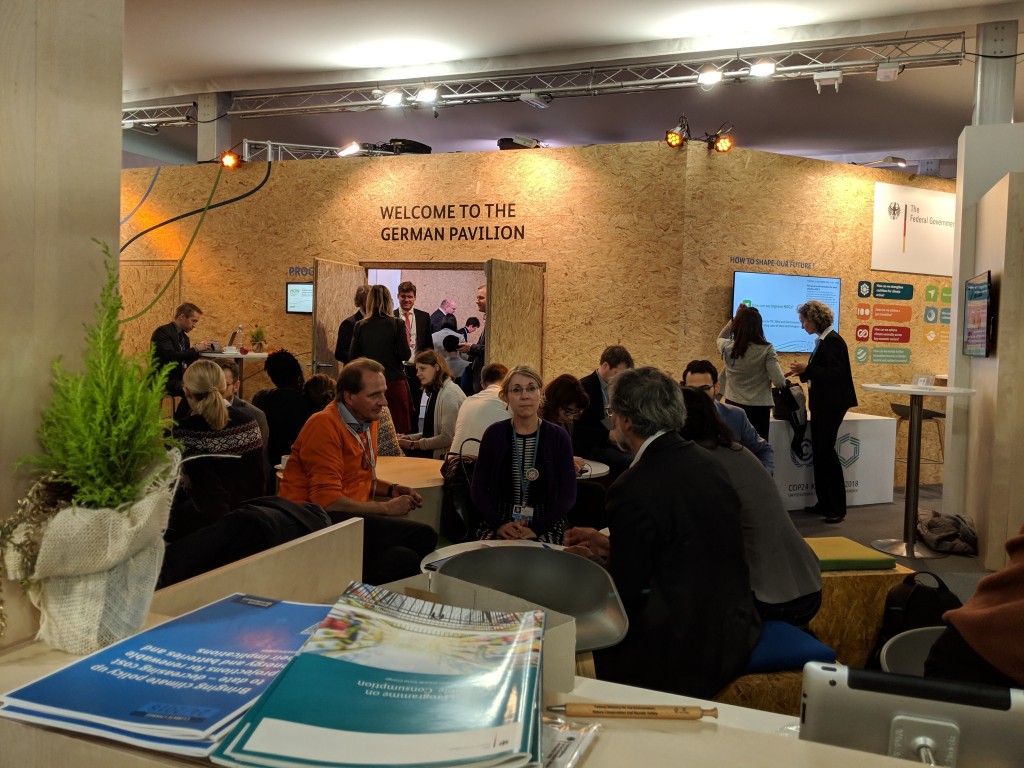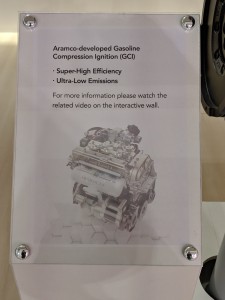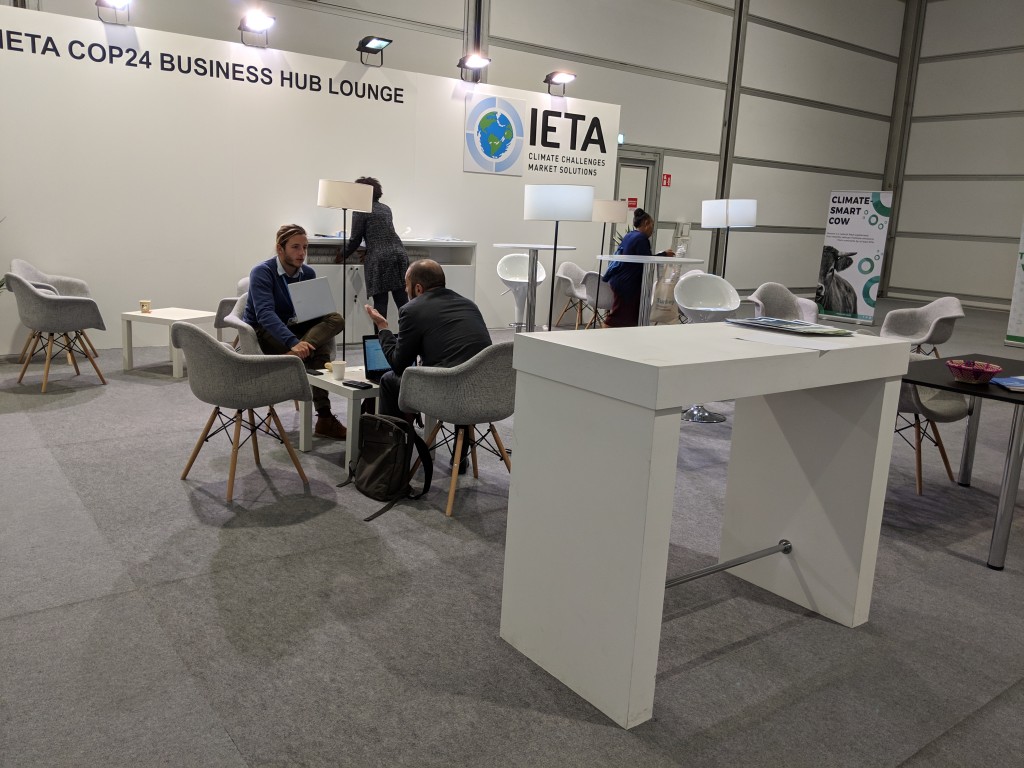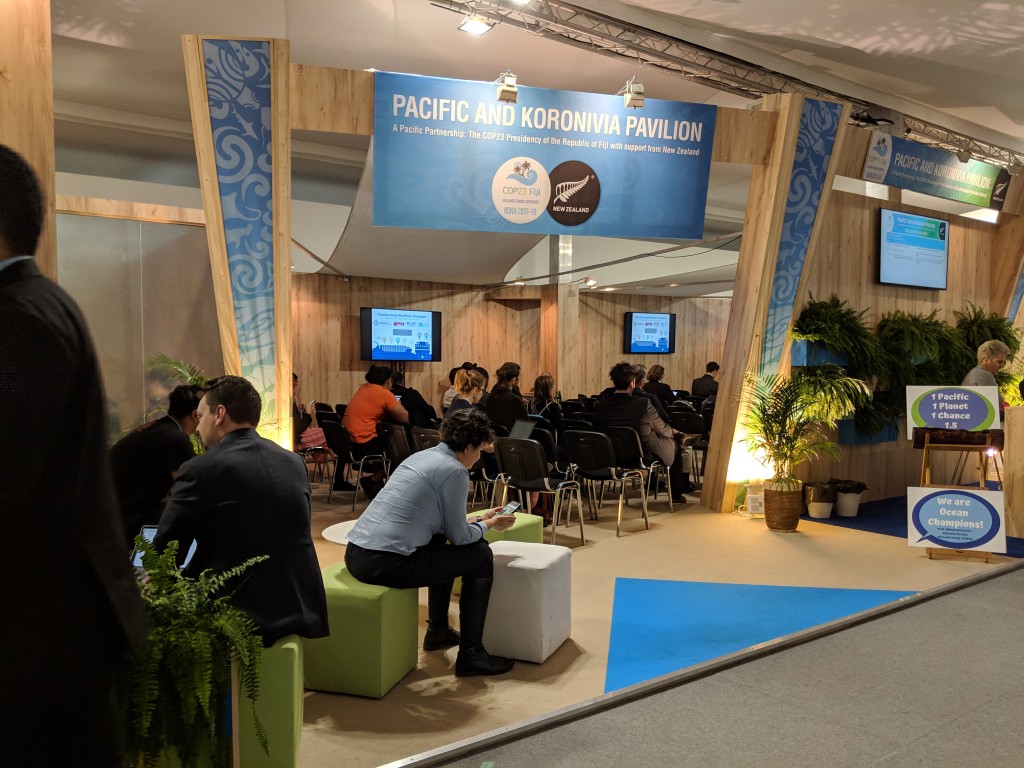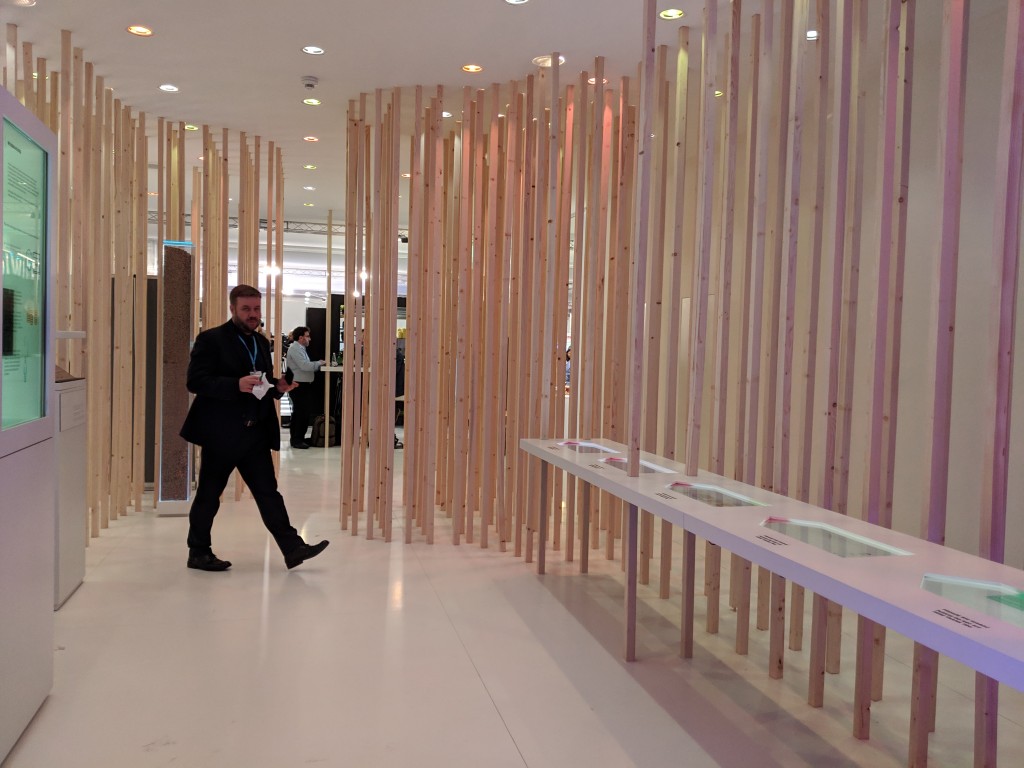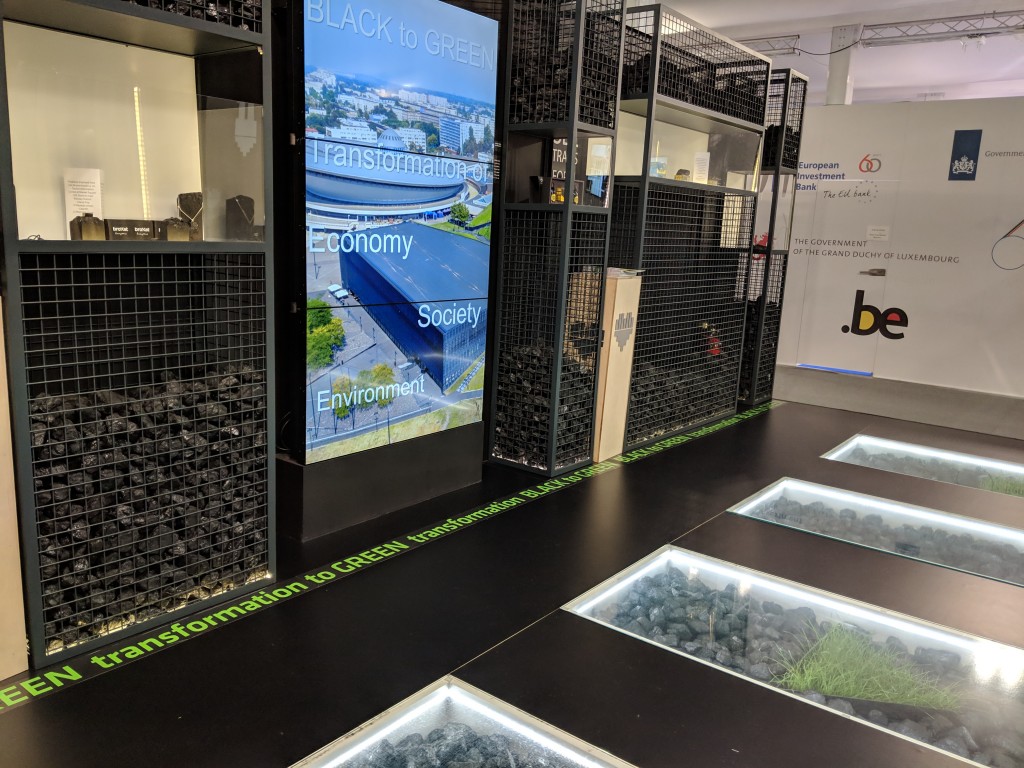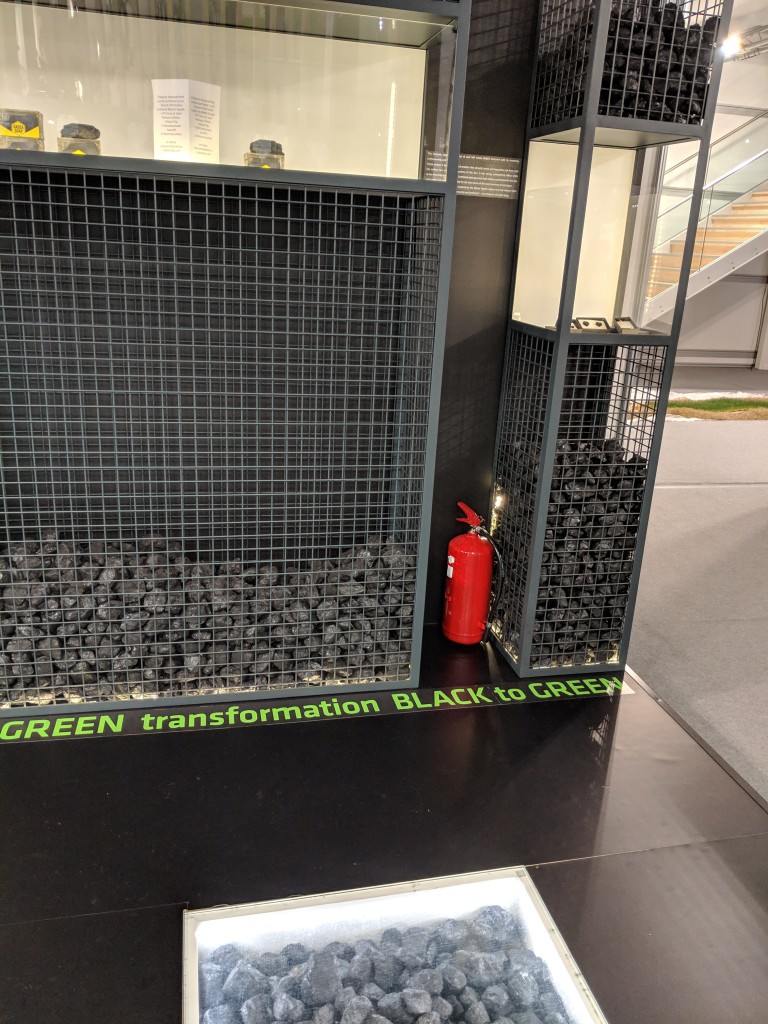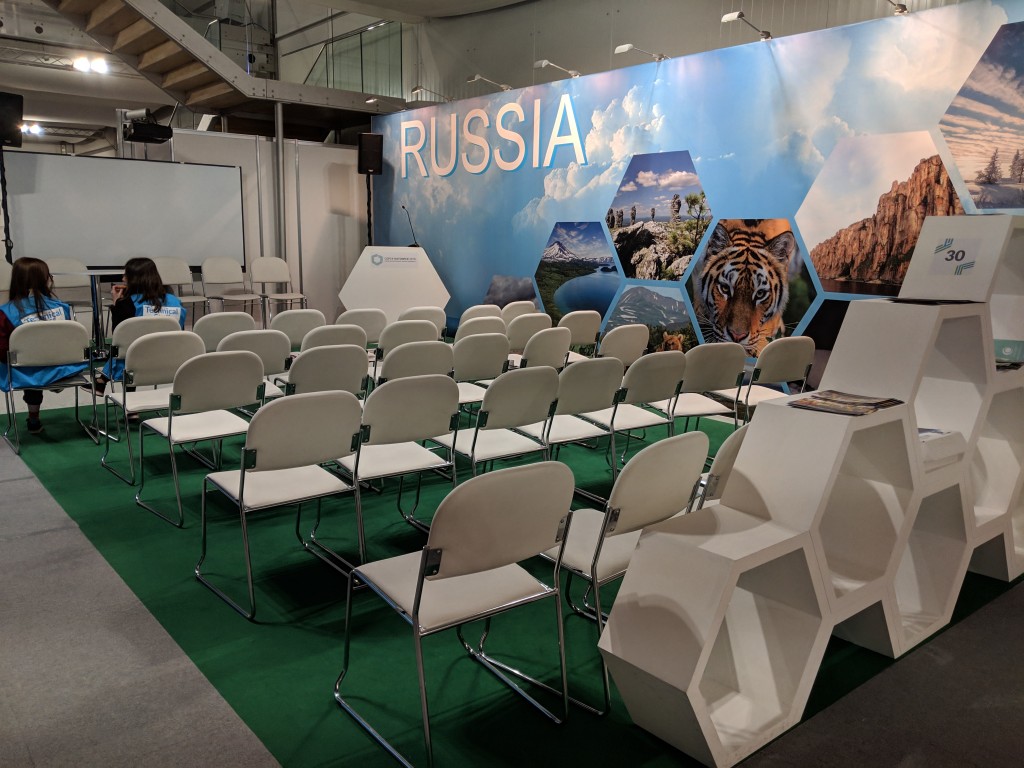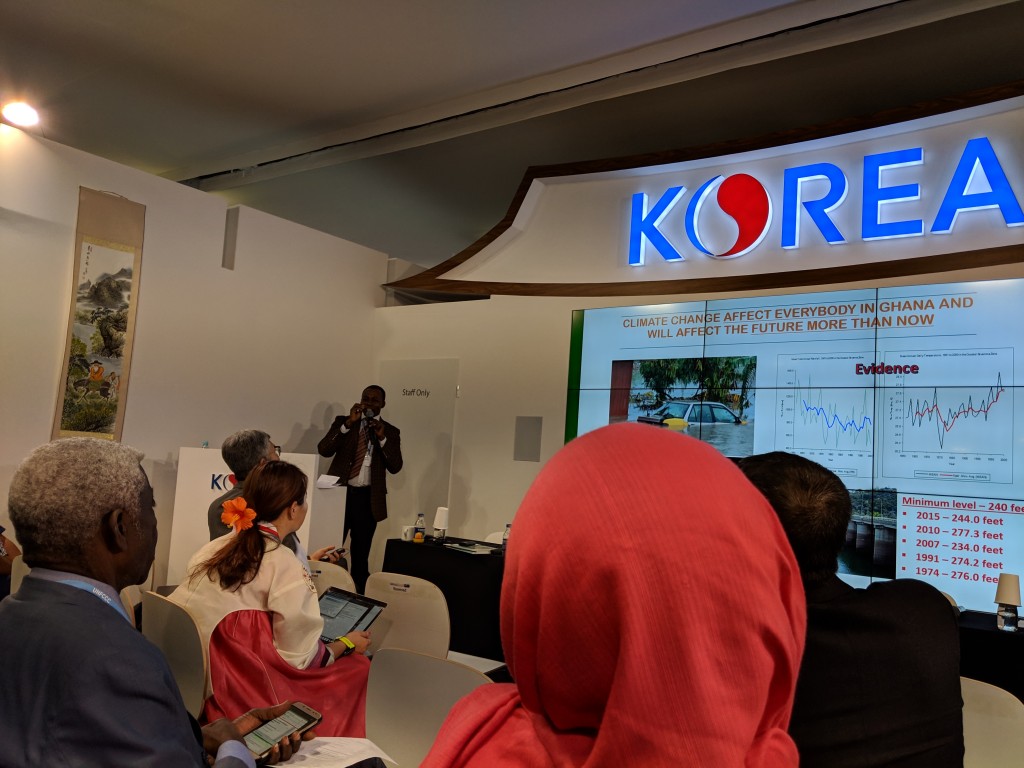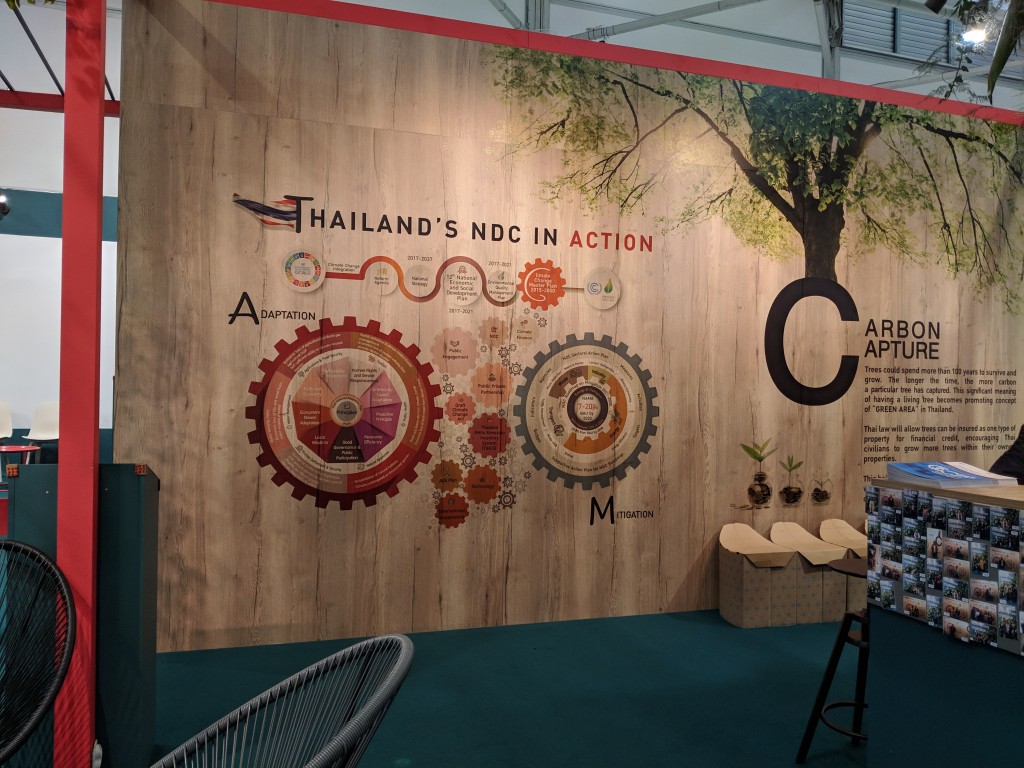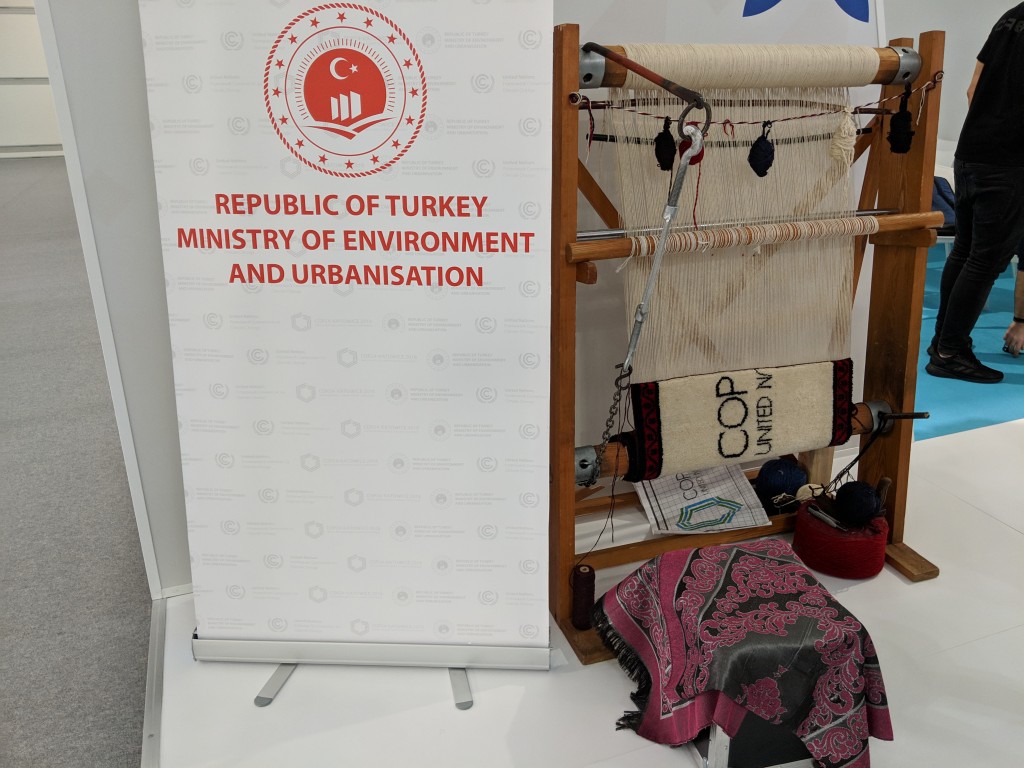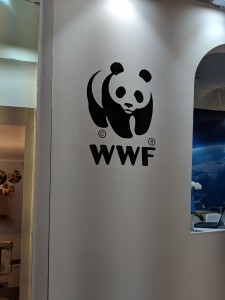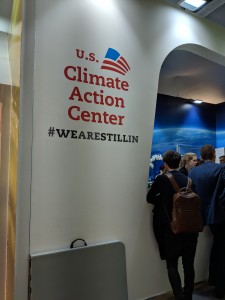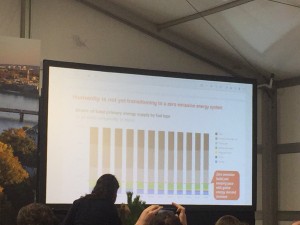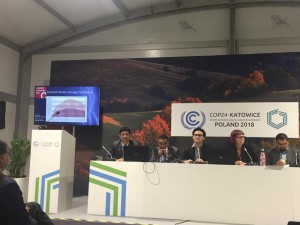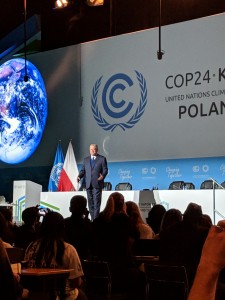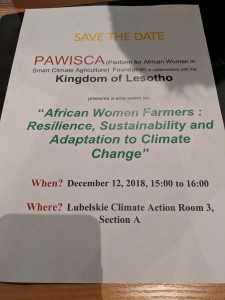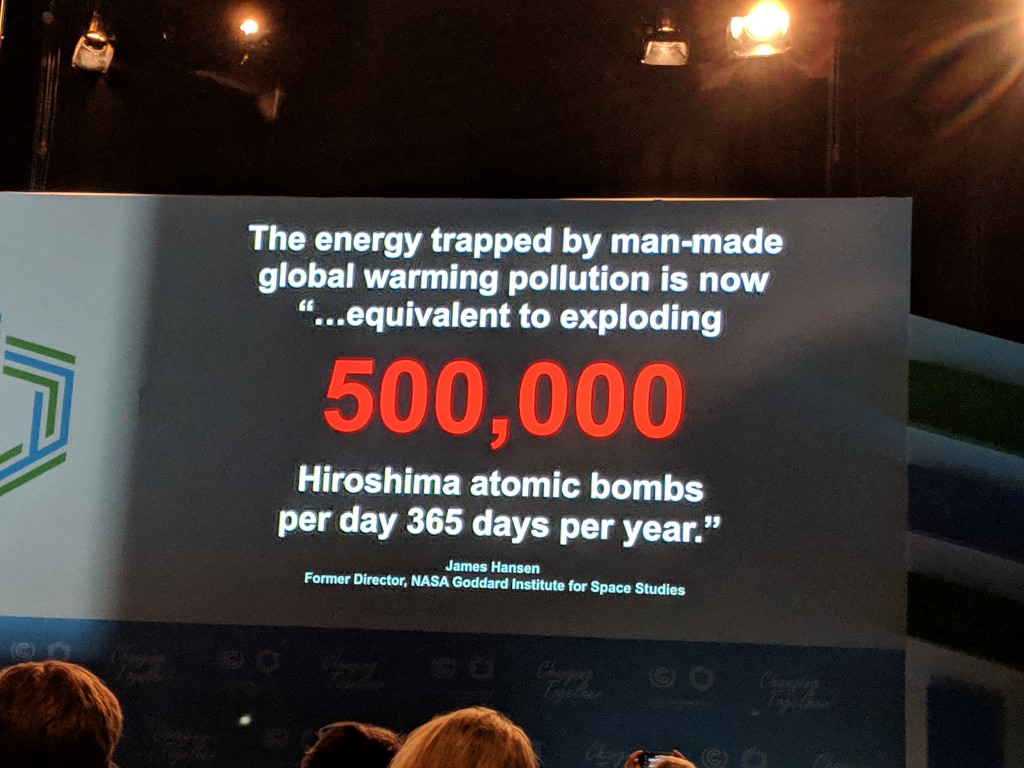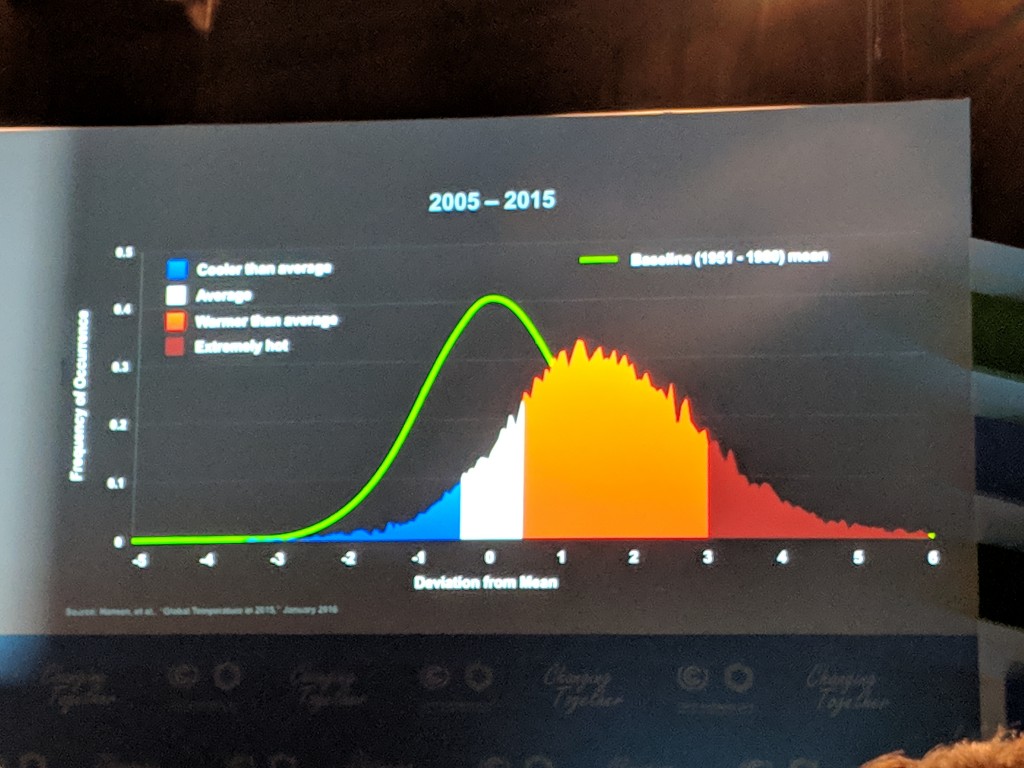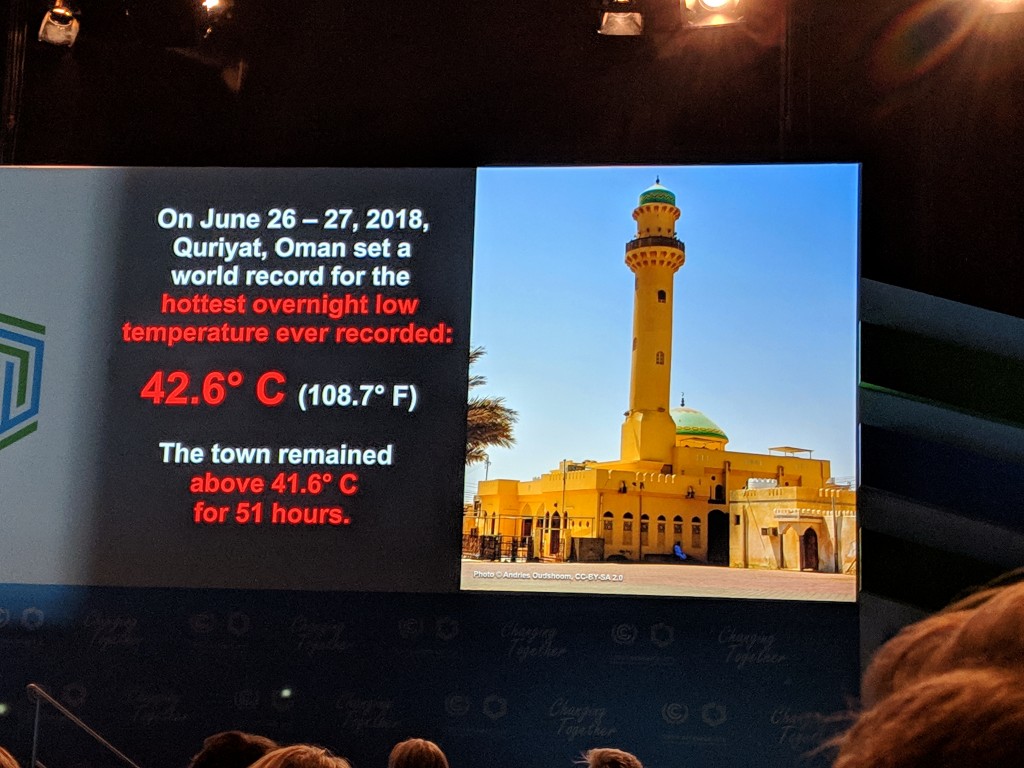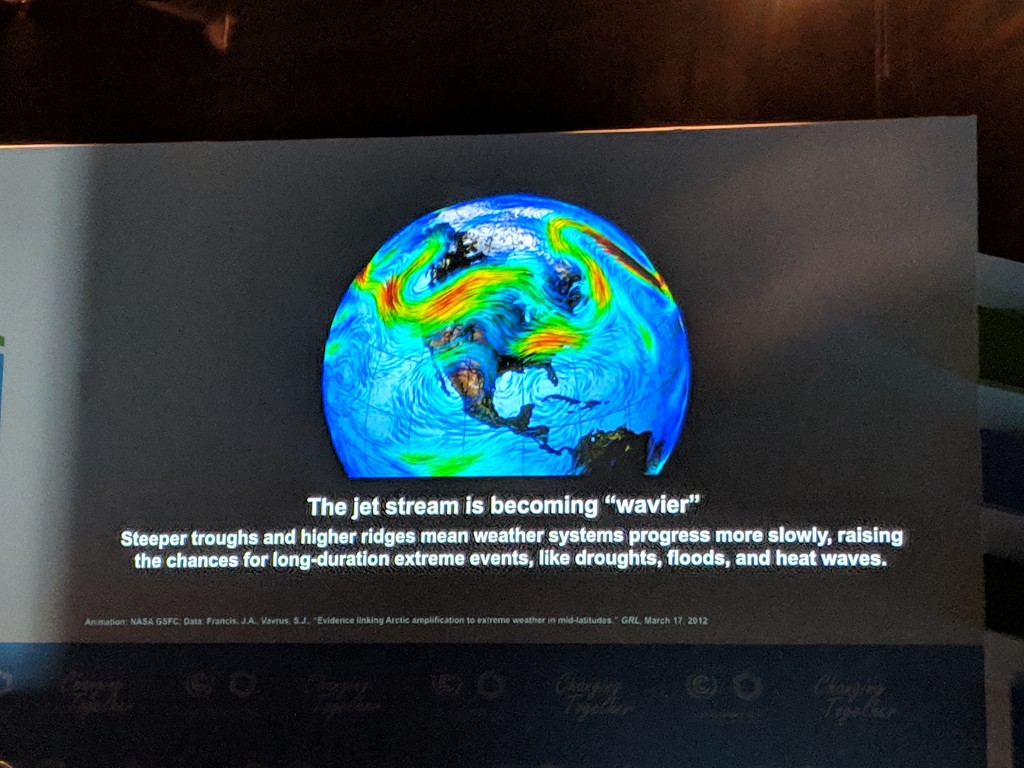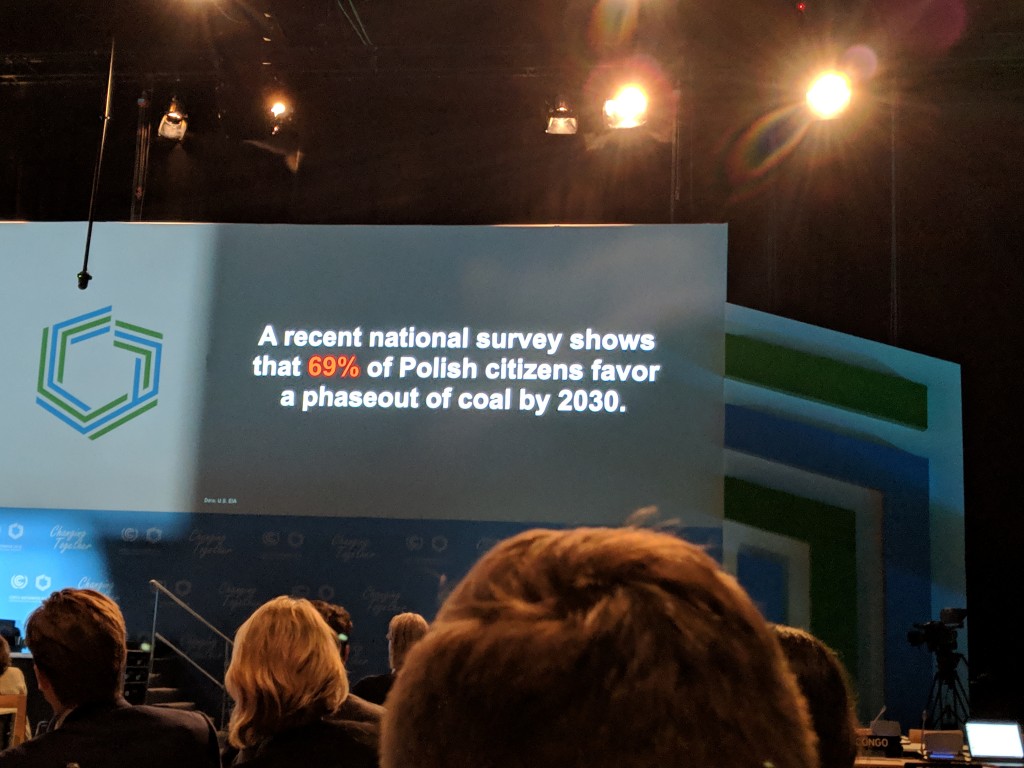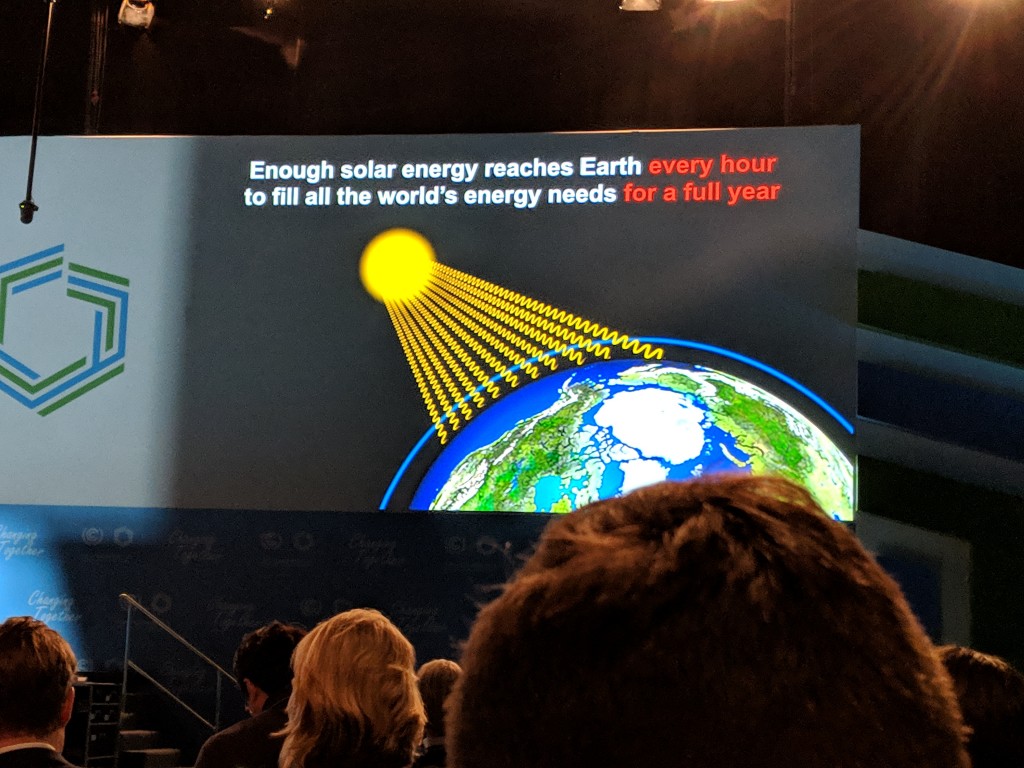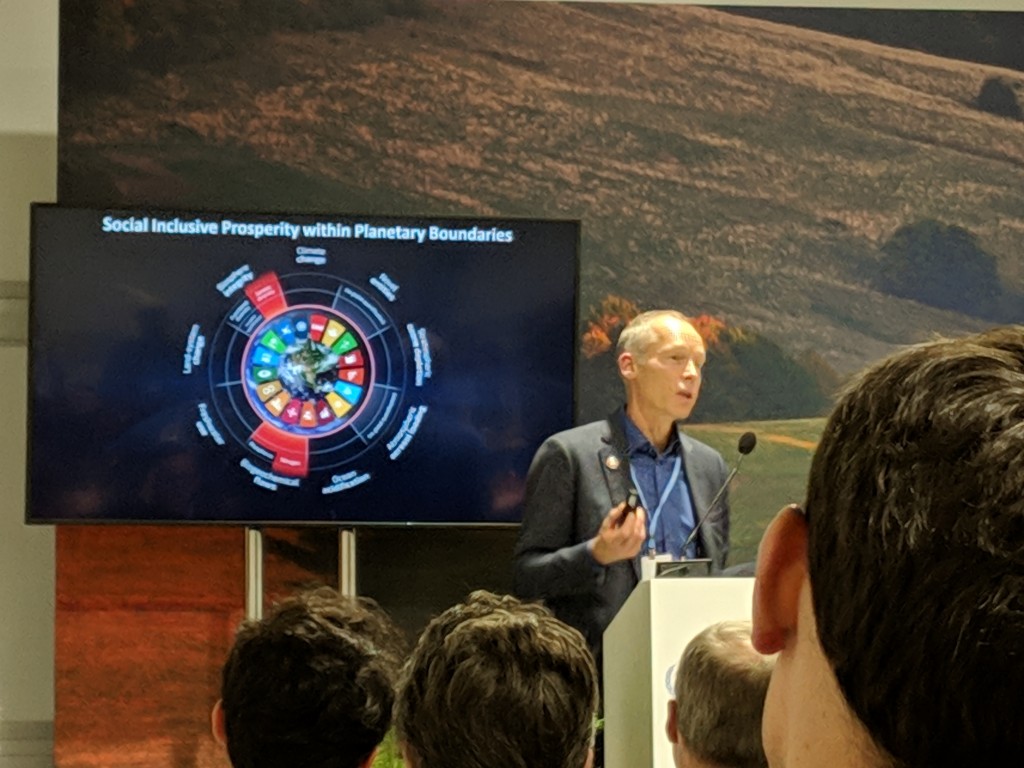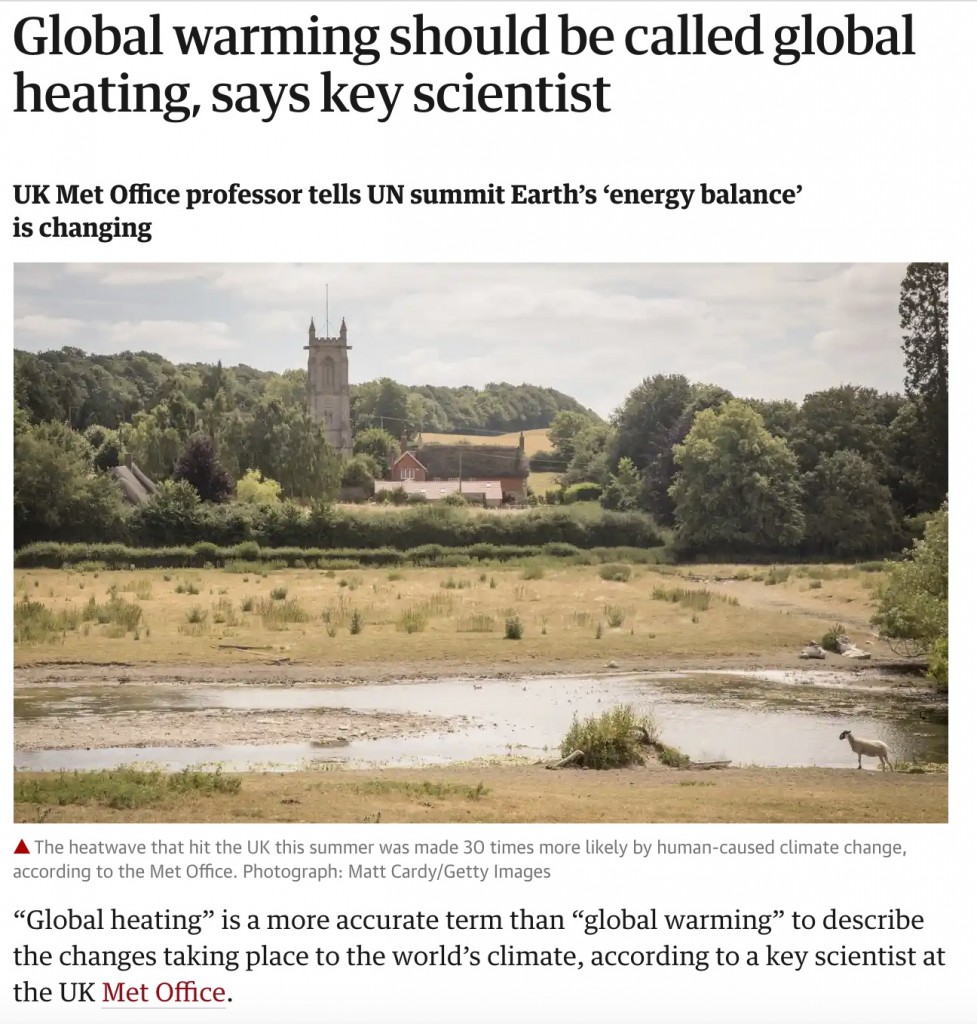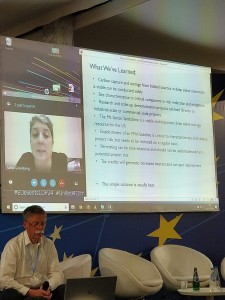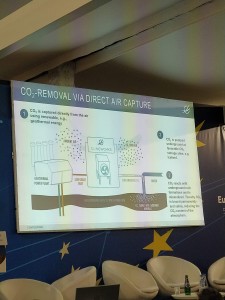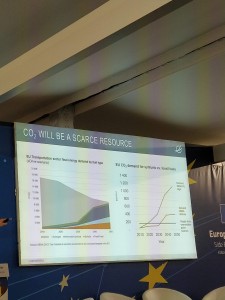The second half of the title is aimed at Jennifer Peck and any other economists who might be dropping in. 😉
If you don’t want to read on, here’s the argument in a nutshell: John Schellhnuber sat down last night with Nicholas Stern and they agreed that the problem with Nordhaus’s work on climate is that it does not consider non-linearities–the assumption throughout is that we can get to 3C in a steady state of gradually rising temperatures.
This panel began with talks by Richard Betts and Katy Richardson of something known as the Helix project, which is working to create much higher resolution models of climate with real-world applications. I arrived at the beginning of the food part of the panel, and I’ll try to represent that in a separate post, but the big ticket item here was John Schellnhuber, founder of the PIK: the Potsdam Institute for Climate Impact Research, the top-ranked climate think tank. He gave a terrific and fairly terrifying if low-key presentation. As John noted, the room was terrible: the slides were barely visible due to lighting issues, and the fans periodically made the presentations almost inaudible. But here’s the webcast for the panel as a whole. I encourage you to watch it.
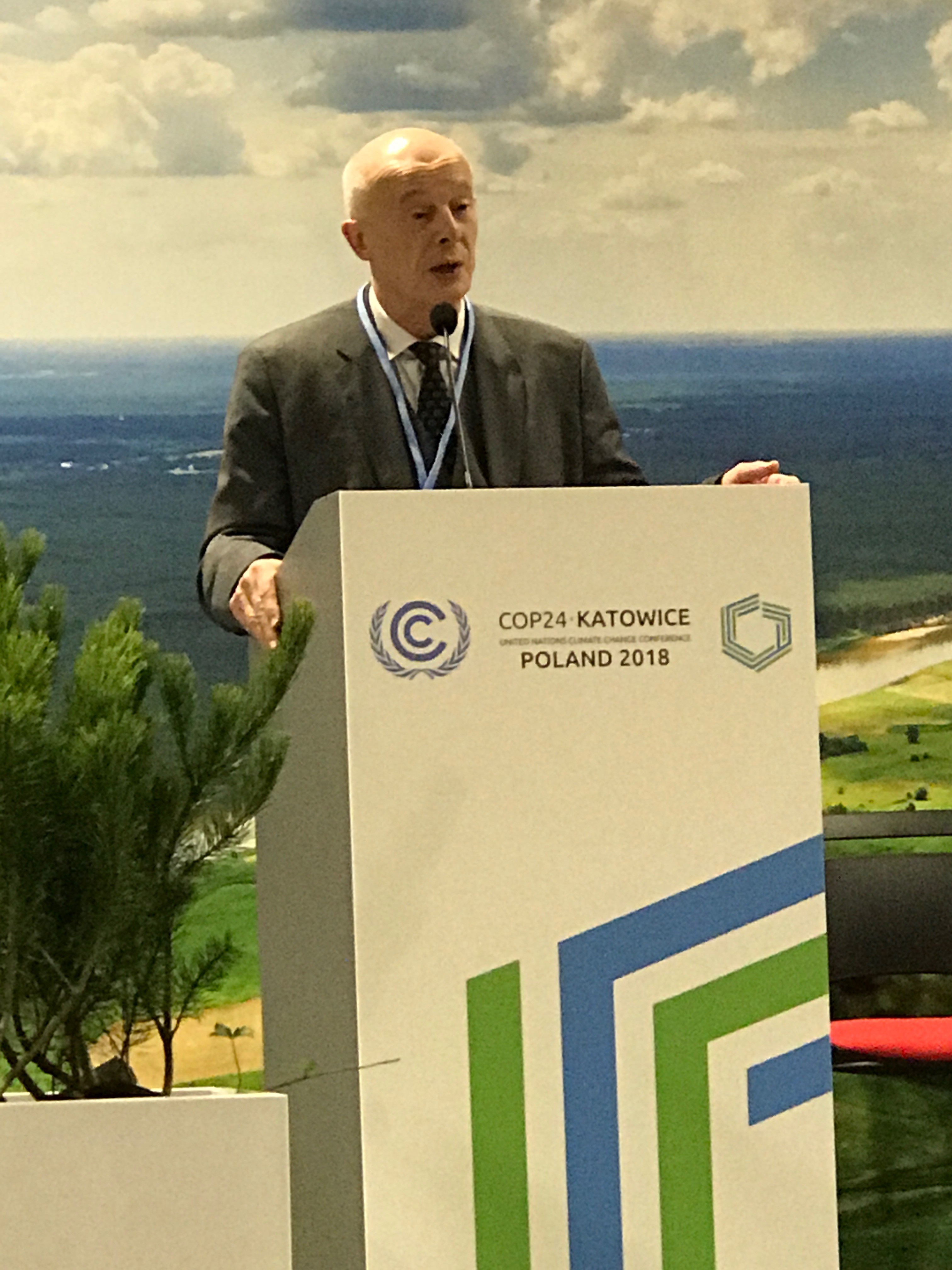
Here is (the start of) my rough transcription of the first part of the talk, plus some of the Q&A.
John began by saying, almost casually, “We will miss the target. The question is by how much.” He noted that “this is the most important session of COP 24, and it should not be happening in a side event. The question is how much can we bear and still sustain civilization.”
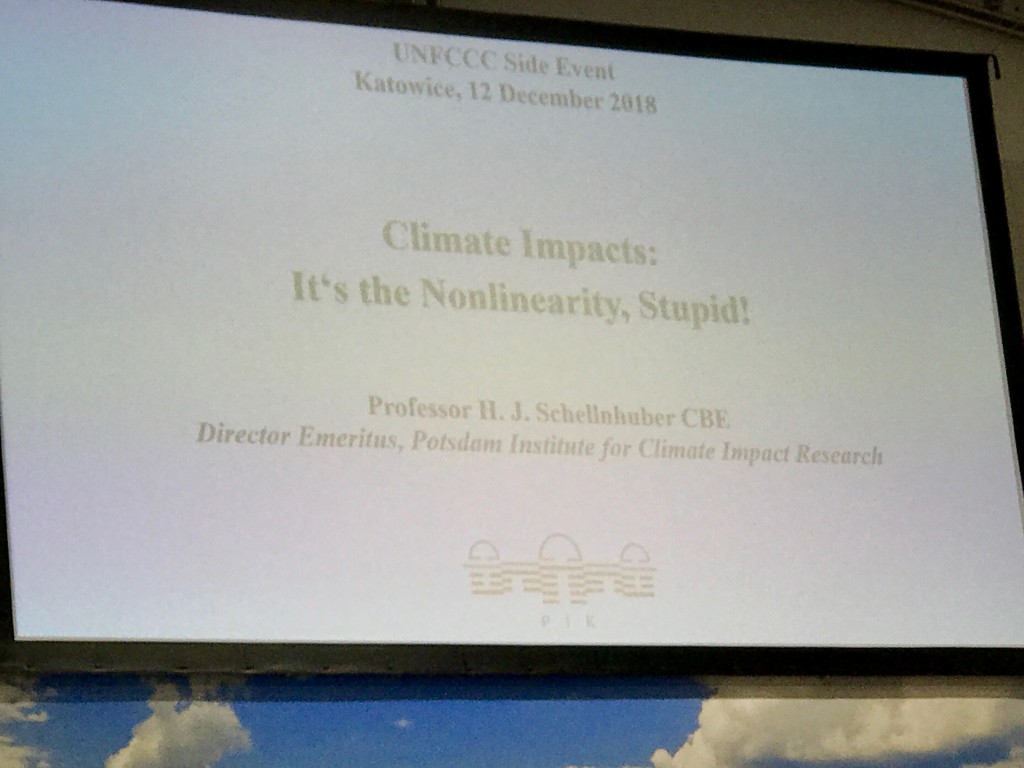
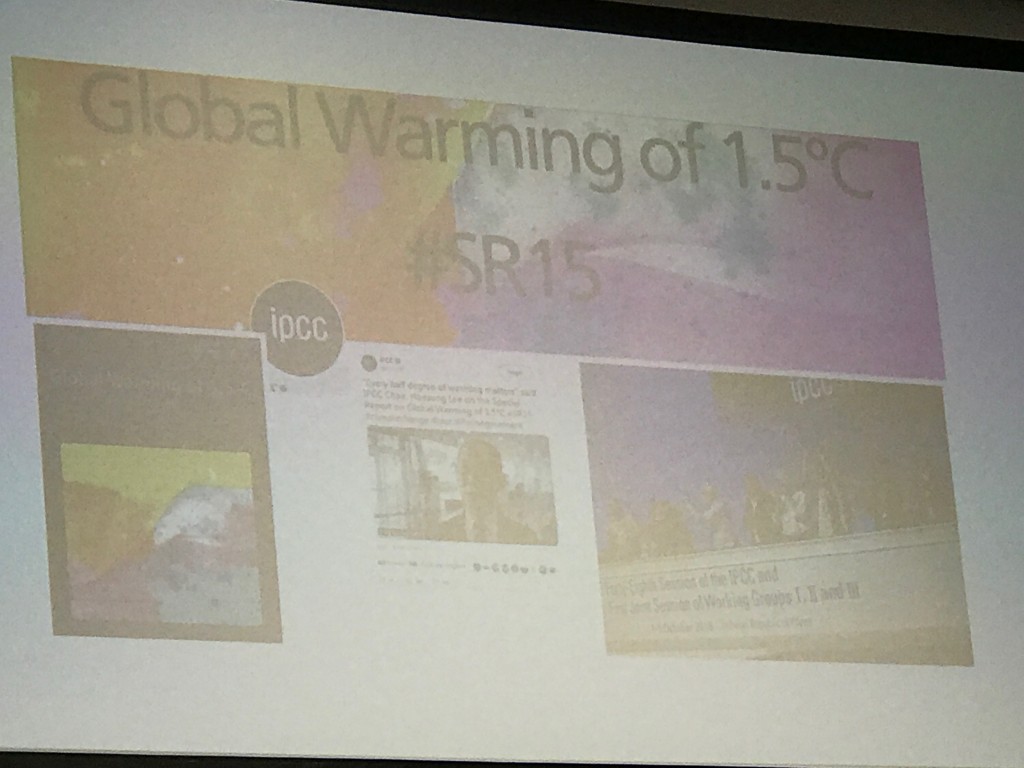
John’s critique of the SR1.5 is familiar: they just went back through existing papers, looking for consensus. “The picture is too rosy; they are not dealing with non-linearities.”
This past summer’s devastating drought in Germany was caused by the meandering of the jet stream, itself due to the warming of the Arctic: as the temperature differential between the Arctic and warmer regions decreases, the jet stream moves into a series of curves (raspy [sp?] waves, apparently 7 of them over the surface of the planet).
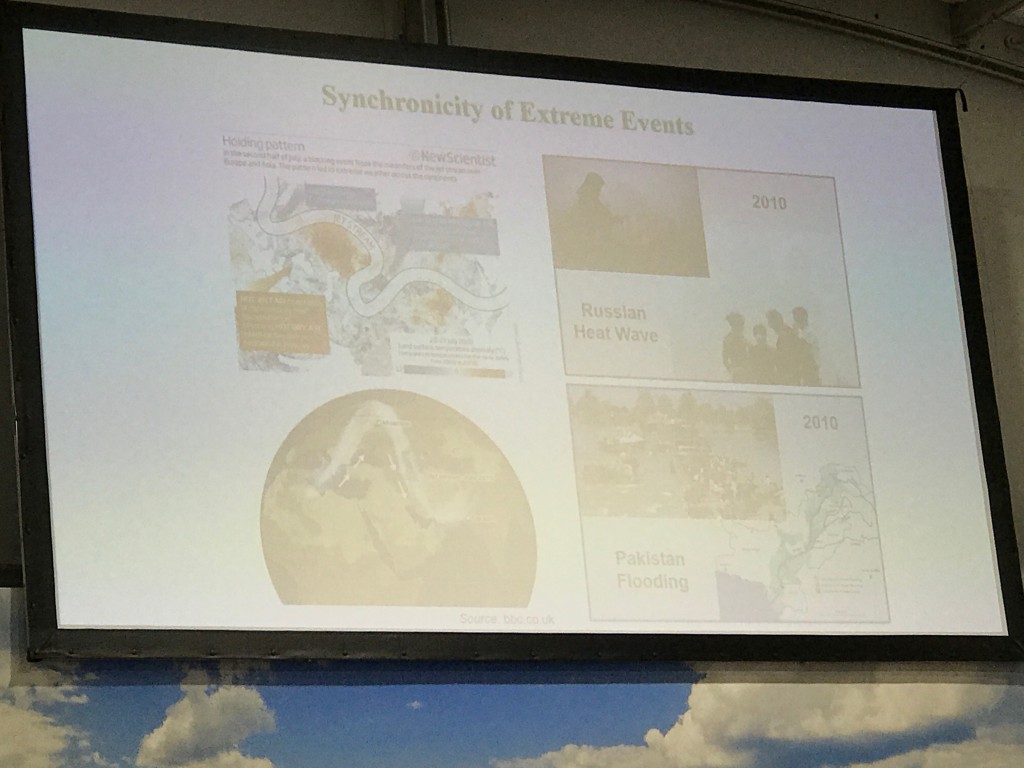 We are seeing more synchronicity of extreme events due to the “holding pattern” created by these planetary wave dynamics.
We are seeing more synchronicity of extreme events due to the “holding pattern” created by these planetary wave dynamics.
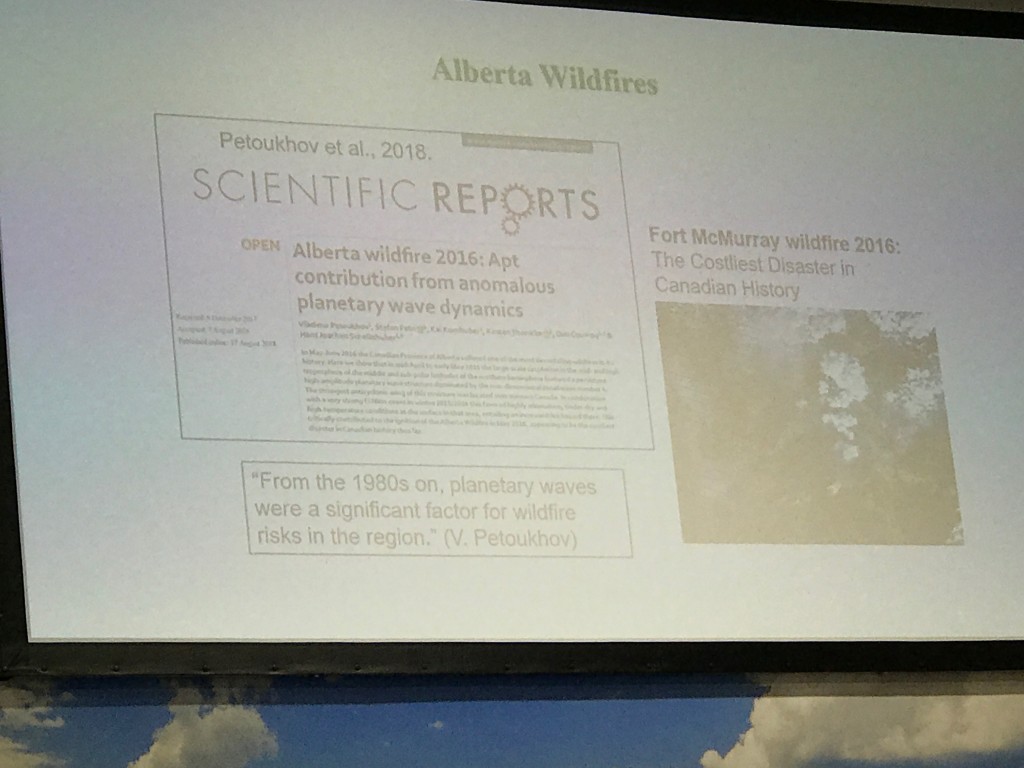
PIK tried to publish a paper about these planetary wave dynamics back in 2001, but it was rejected by all reputable journals (which is when John knew he was onto something important); it was finally published in PNAS in 2013.
John proposed thinking of tipping points as the vital organs of our planet.
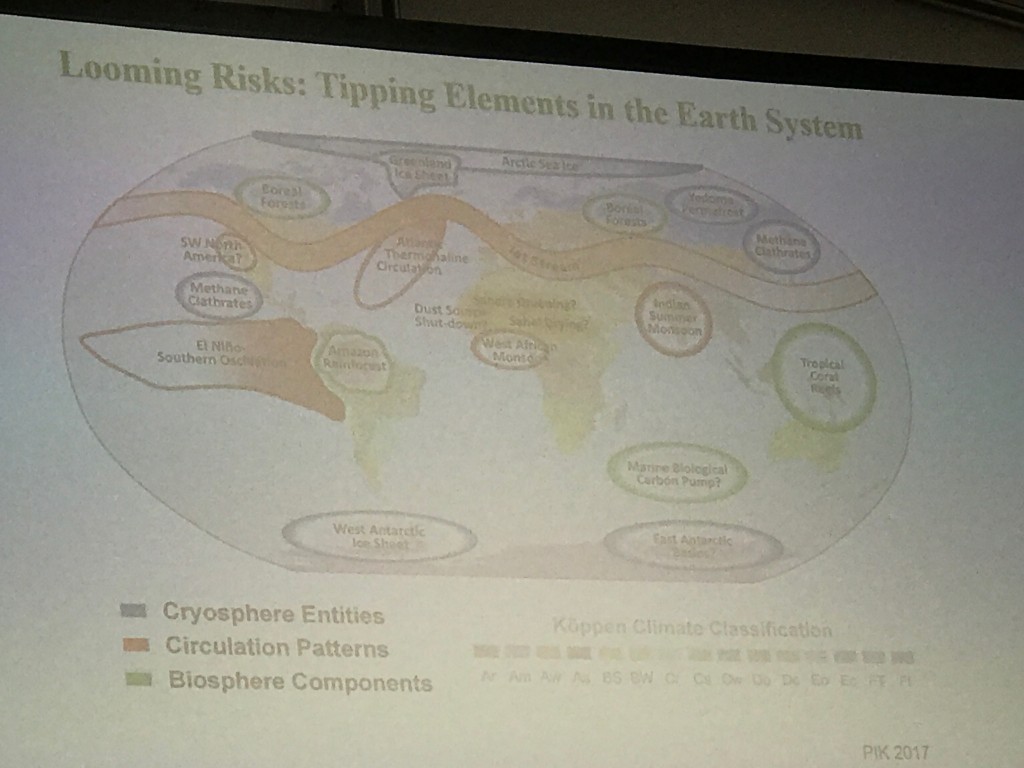
What will happen, he suggested, was that as we pass key tipping points, these organs will be transformed. Some will die: the coral reefs. Some will be transformed: the Amazon will turn from tropical rainforest to savannah.
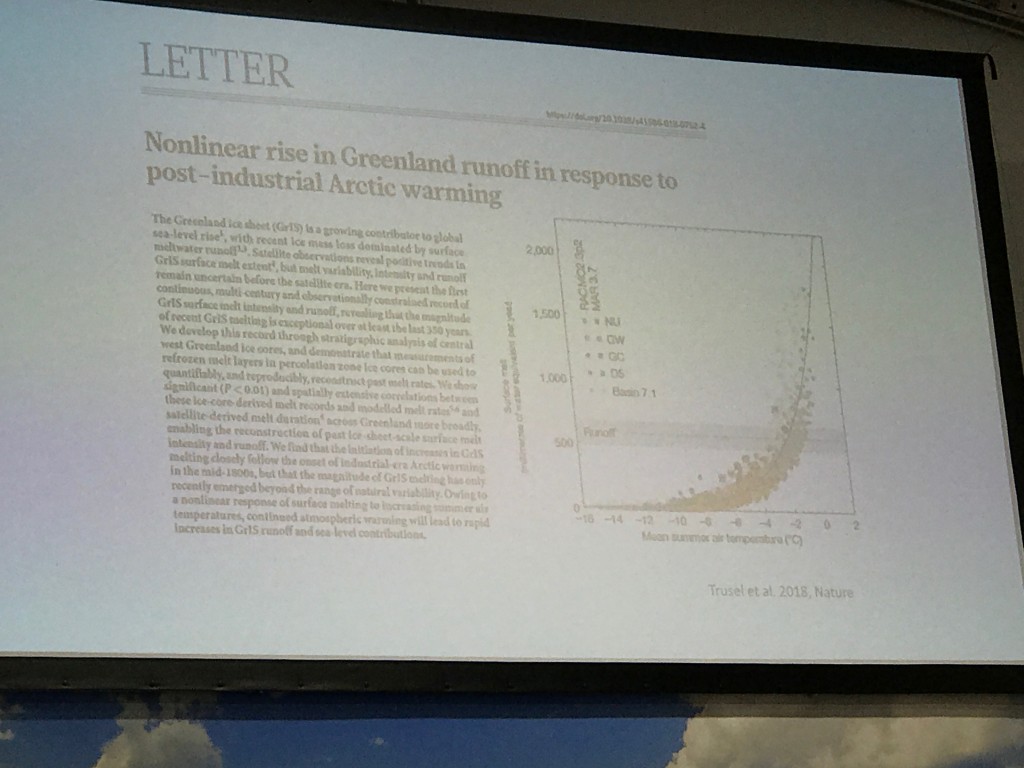
The Greenland ice sheets are experiencing non-linearities.
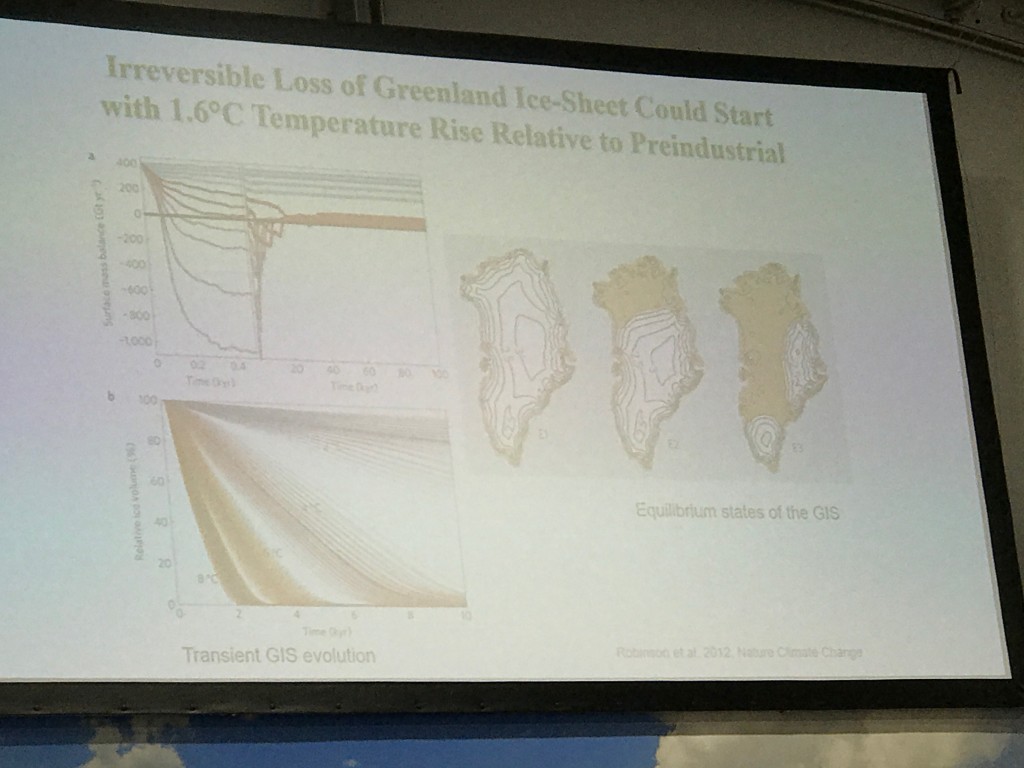
Regional weather patterns will also be affected: Pennsylvanians might pay special attention to the impact of a weaker Atlantic overturning (which may be helping produce our harsher winter weather).
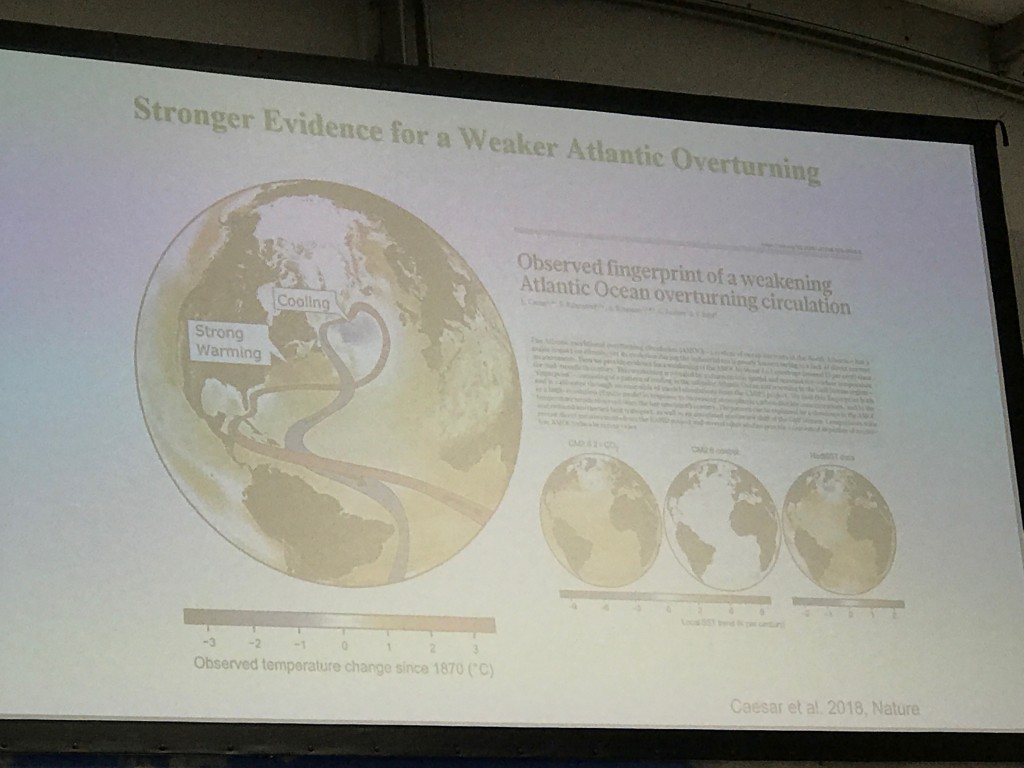
John’s major point was that we have hit major tipping points already: the die is cast.
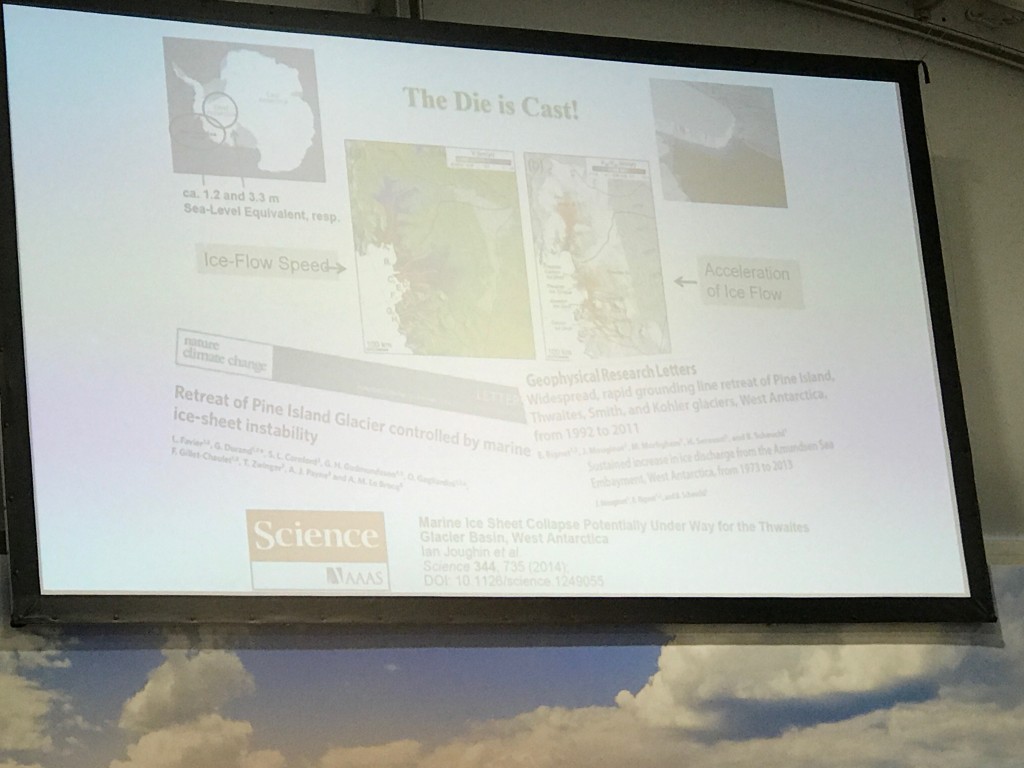
John compared the tipping point with glacial melt to removing the plug from a bottle. This slide was actually a simulation, so it’s worth going to the webcast, to get the fuller effect here (among many other reasons).
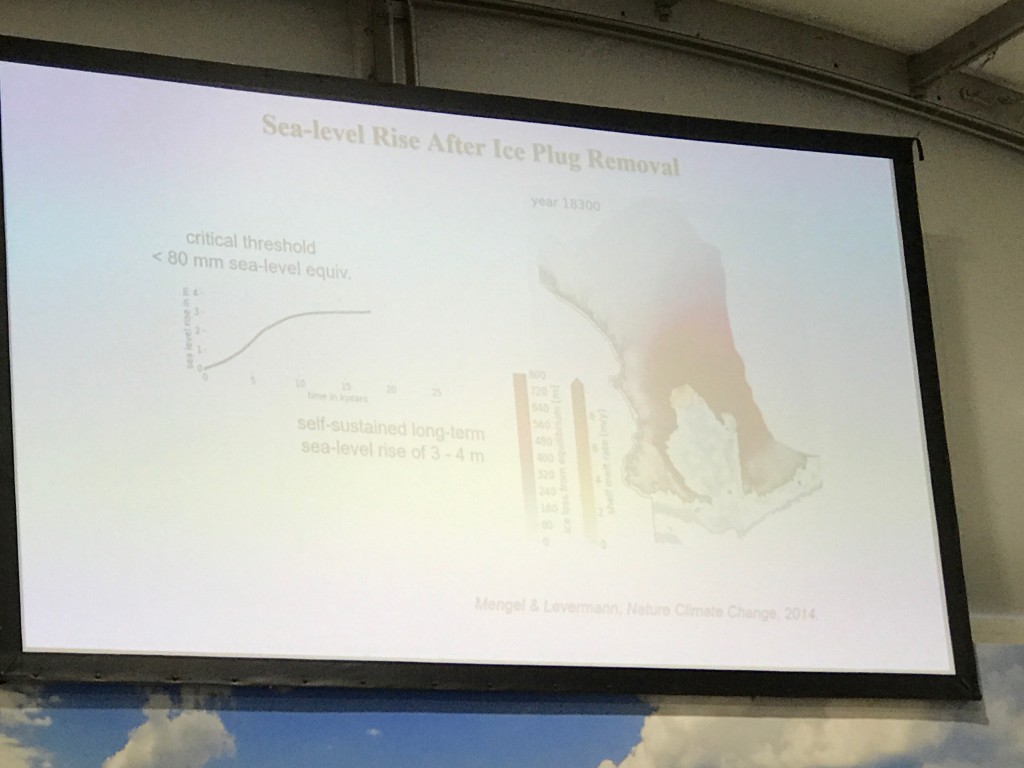
The Paris Agreement was a kind of guardrail: at 2C, we pass or engage some five tippoing points–but if we go above, then others follow (the Amazon, the Boreal forest, El Nino, permafrost, and so on). This was the “second most important slide.”
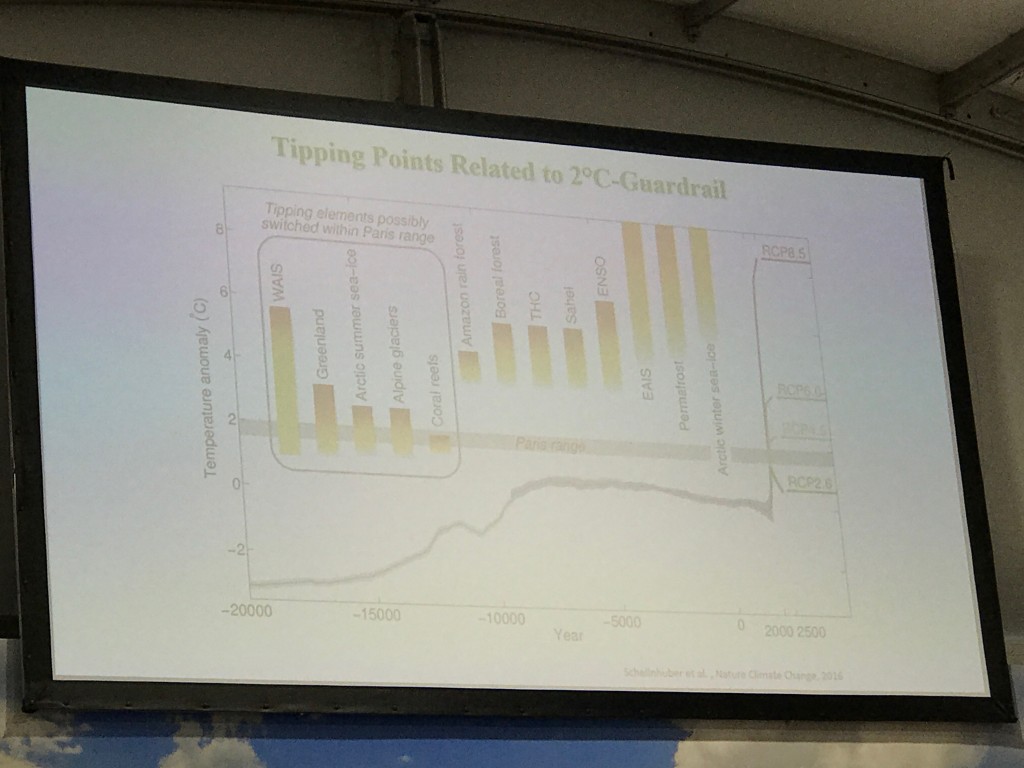
There was also a global map of potential tipping cascades, but my photo is too blurry to read. I’ll include the photo below, bad as it is, just as a basis for saying that the little globe in the middle of the diagram is far more likely to fall into a hellish red hot area than it is to wobble its way to a safer landing zone.
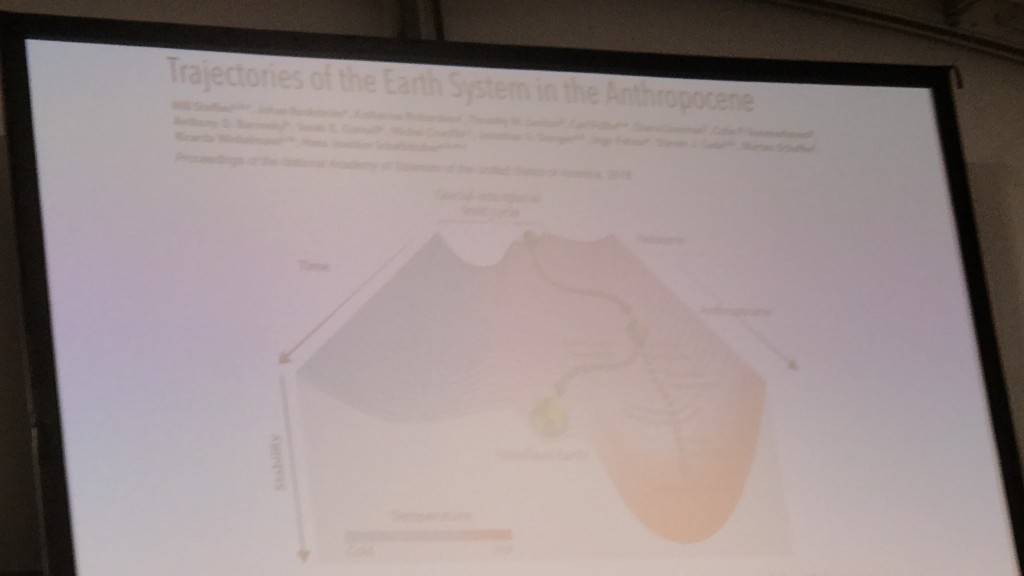
There was some “good news” in that PIK has gotten better at forecasting El Ninos and monsoons, and that improvement has the capacity to save millions of lives–but that seems like small potatoes in view of the destruction forecast by the presentation as a whole.
John thought methane hydrates were indeed a sleeping giant, but he thought that tipping point wouldn’t kick in for another thousand years. “But we should be funding research on this! We can’t wake that giant!”
Someone asked all the panelists to tell one story about 3C global heating in Europe. Richard pointed to the forest fires in Spain, Portugal, and Greece and one of the most confident predictions in the new modeling. John replied, “With 3C sustained globally, we would have a temperature rise of 4.5 in Europe. Southern Spain would be part of the Sahara.”
Someone from the climate observatory in Brazil asked why John was so much more pessimistic now than he had been in Paris. He replied with three reasons: 1) we have more scientific knowledge showing that we are entering the slippery slope; 2) the complete lack of action since Paris, despite heroic efforts on various parts; 3) the election of madmen like Trump and Bolsonaro.
That pretty well blew out my day. I had a migraine, but even without it, I think I would have found it hard to focus. The projections don’t surprise me: I am a card-carrying climate pessimist at this point. But it’s oddly difficult to hear one’s views confirmed so authoritatively. I keep hoping someone will persuade me I am wrong. Apologies for the bad slides and the bad news.
